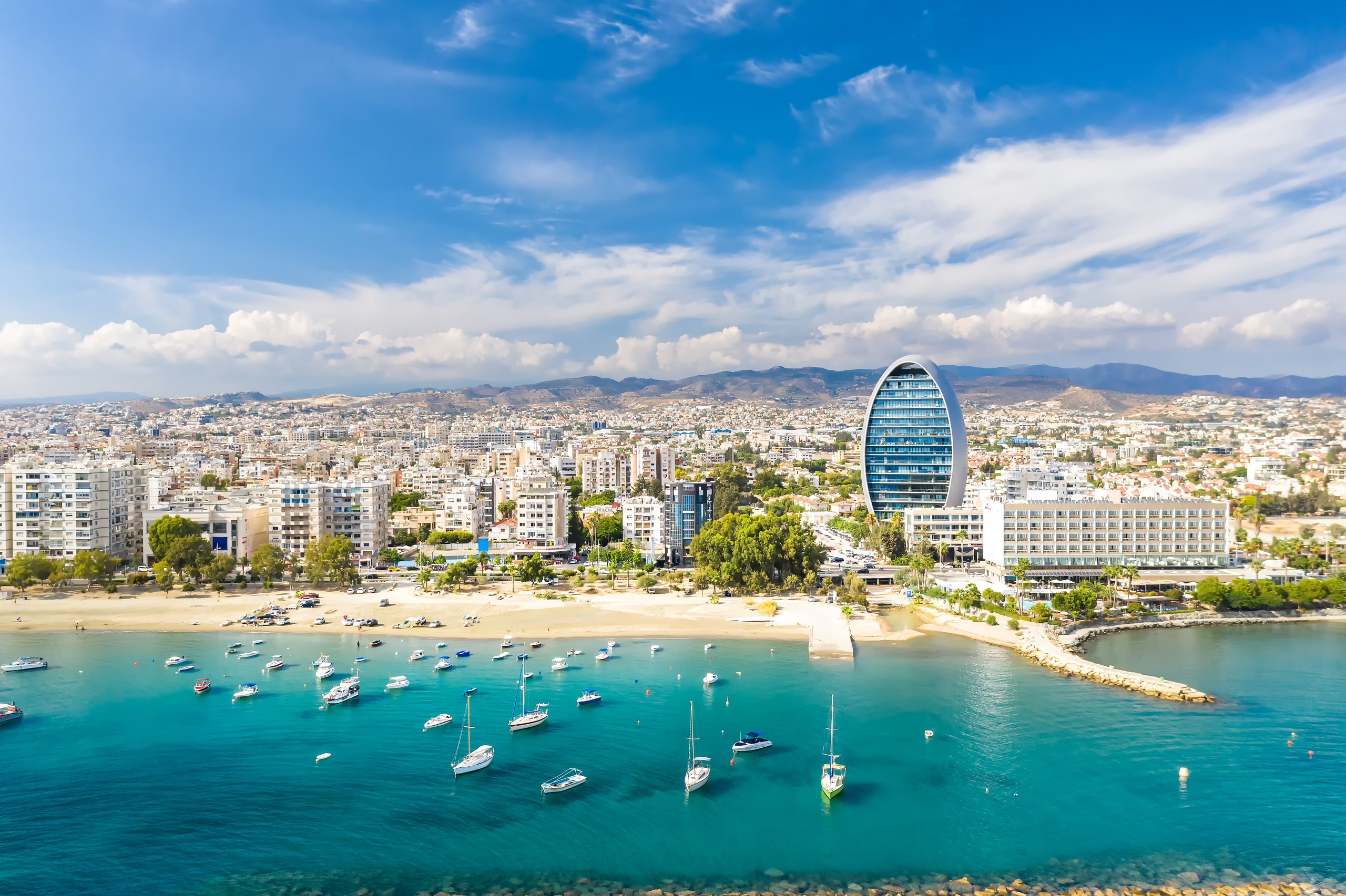
Limassol, Cyprus
Description
Limassol offers everything a traveler desires in a Mediterranean destination. The second-largest city on Cyprus is surrounded by a wealth of historic sites ranging from the Greco-Roman ruins at Paphos and Curium to Crusader castles. The Troodos Mountains feature quaint villages, dramatic scenery and cool, dense pine forests. The island's capital of Nicosia is a mere hour's drive from the port. And for the casual visitor, Limassol offers its own medieval castle, a superb Public Garden, excellent beaches and that exhilarating Mediterranean light.
Cyprus lies at the crossroads of the Eastern Mediterranean. Over centuries, every major power has contended for control of the island. Today, the Republic of Cyprus is a member of the European Union.
Points of Interest
- Kolossi Castle
- House of Dionysus
- Troodos Mountains
- Curium
- Nicosia
- Paphos
- Rock of Romios
- House of Aion
More about Limassol, Cyprus Points of Interest
-
Kolossi Castle -
In 1210, the Knights Hospitaller erected the stronghold of Kolossi to protect its estates and sugar plantations in Western Cyprus.
-
House of Dionysus -
The former palace of a Roman provincial governor, the 3rd-century villa at Paphos is renowned for its elaborate polychrome mosaics
-
Troodos Mountains -
The rugged mountains are home to dense pine forests, one of Cyprus's few year-round rivers, quaint villages and nine ancient monasteries.
-
Curium -
This ancient city on the Mediterranean was first mentioned in Herodotus. The spectacular Greco-Roman amphitheater accommodates 2000 spectators and is still in use today.
-
Nicosia -
The island capital is home to a superb Archeological Museum and the charming Laiki Yitonia, a restored, pedestrian-only district within the old city walls.
-
Paphos -
The old port was founded in the days of Alexander the Great. The Pillar of Paul is where the apostle was scourged during his visit in the 1st century A.D.
-
Rock of Romios -
According to myth, Aphrodite, Goddess of Love, emerged fully formed from the waves dashing against the Rock of Romios.
-
House of Aion -
This 4th-century villa is a short walk from the House of Dionysus. It also features elaborate polychrome mosaics.